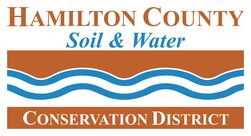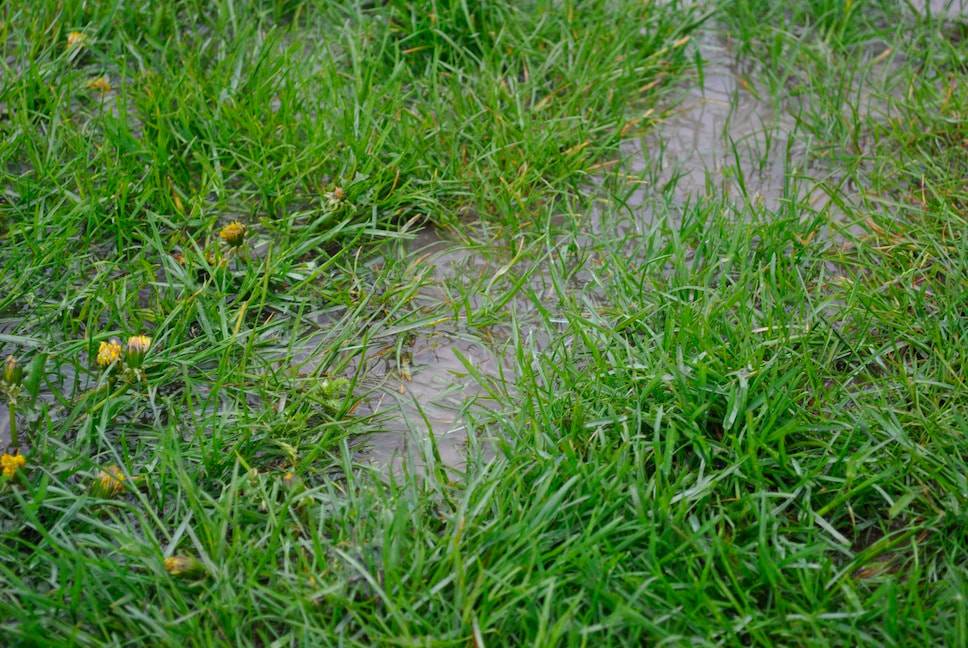Drainage Concerns
|
Standing water in small swale depressions for less than 48 hours is not necessarily considered a drainage issue. If the water is ponding and not causing erosion or sediment runoff into nearby bodies of water then there is not an imminent natural resource concern. In fact, allowing the water to stay in place and soak into the ground is providing a service by recharging water resources within an aquifer system that is strained by urban development. Furthermore, ponding that does not enter nearby bodies of water is limiting the potential impact of stream bank erosion, pollution, fish kills and more. Most ponding or standing water concerns by land owners are not a natural resource concern but more of a land use, aesthetics, or maintenance concern for the property owner. While we know standing water can be frustrating, not all temporary standing water is bad.
Reasons for drainage and ponding circumstances are partially or mostly a result of the following:
Things to Avoid
|
The SWCD provides on site drainage assistance in limited situations.
|

